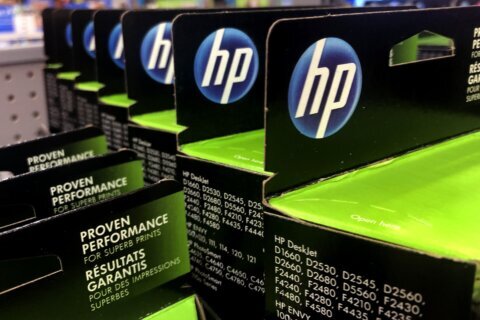Q: Which mapping app is best for iPhone users, Apple Maps or Google Maps?
Google Maps has been the standard-bearer since its launch in 2005 and was the default mapping program on the iPhone until Apple launched their own navigation platform in 2012.
Anyone that was using an iPhone when they initially launched their app remembers the widespread reports of incorrect directions along with lots of bugs and errors.
In the past six years, Apple has done a lot to try to catch up with Google, but where and how you use your mapping program has lot to do with which one might be better suited for you.
For basic getting around town, turn-by-turn mapping instructions, either app is more than adequate for most users.
Google’s data edge
From a pure data standpoint, no company can come close to the data that Google has gathered on nearly every public road in the U.S. since 2005. Features pioneered by Google such as Street View and Indoor Maps along with the 1 billion devices that use it virtually every day makes it the most robust mapping platform by far.
Keep in mind, Apple maps can only be used on iOS devices while Google Maps can be used on a wider variety of devices, which allows for more data collection to improve the accuracy of the maps.
This can be very important if you live, work or often travel to rural areas because the depth of information and accuracy is going to be superior with Google Maps. Apple has been playing catch-up since 2012, so its primary focus has been on heavily populated urban areas with more users.
A simple side-by-side comparison of the two apps viewing the same area will illustrate the stark difference in the depth of data provided by Google, especially if you zoom in and out of the area.
Integration
Though Google has more detail, those details may be less important to some users than how it works with other features of the phone. For example, if you want to use Siri to ask for directions, it’s going to automatically use Apple Maps.
Apple has also set up relationships with third-party apps such as OpenTable and Uber to allow for direct interactions within the app.
User reviews
A very helpful feature on both apps is user reviews of businesses that appear on the map. The sources for those reviews are quite different, with Google generating feedback directly from their users and Apple using reviews from third parties such as Yelp and Trip Advisor.
Yelp has always had to contend with a poor reputation with businesses, because they hide reviews from users that aren’t regular “Yelpers.” Understanding this difference causes me to take the Apple reviews with a grain of salt.
The Waze alternative
Another option you might want to consider is the community-based app called Waze, especially if you are a commuter. Waze users actively report accidents, alternative routes and road closures, even including when they see a police officer using a radar gun.
Waze also monitors your speed and lets you know when you’re going over the speed limit, identifies carpool lanes and has a motorcycle mode that provides recommendations based on fellow motorcyclists using the app.
Ken Colburn is founder and CEO of Data Doctors Computer Services. Ask any tech question on Facebook or Twitter.







